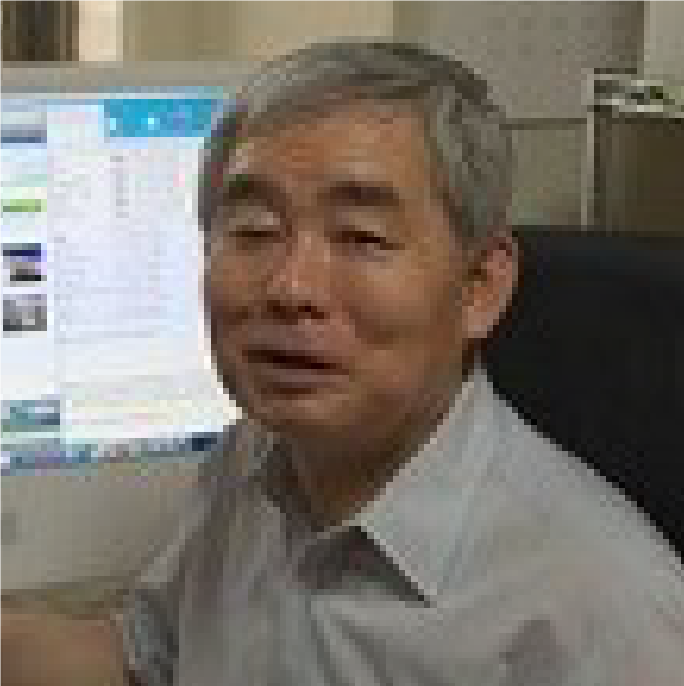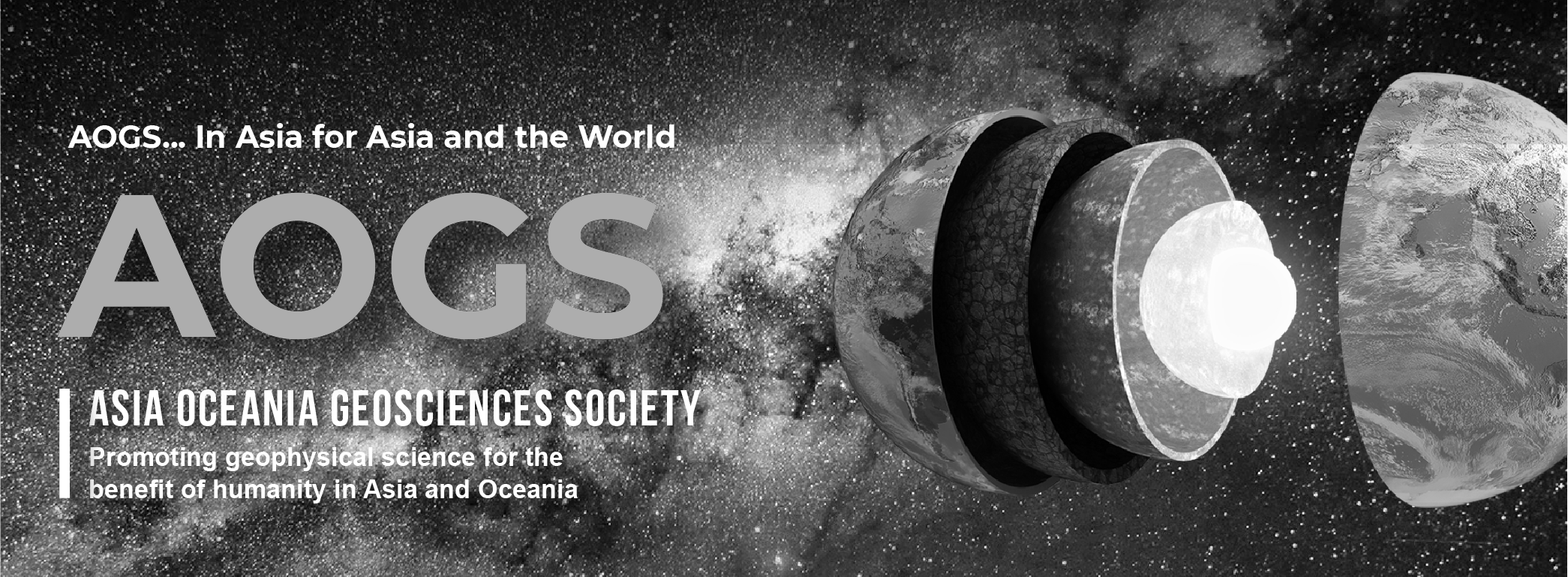
AOGS Axford Medal Award Recipient

2011 - 2012
Professor Yohsuke Kamide
The Asia and Oceania Geosciences Society (AOGS) is honoured to present the 2012 Axford medal to Professor Yohsuke Kamide, for his outstanding and pioneering research accomplishments in the field of solar- terrestrial science, long-term and invaluable service in the international geophysical community, and efforts in establishing AOGS.
Professor Kamide is a professor emeritus of Nagoya University, and currently the director of the Rikubetsu Space and Earth Science Museum in Hokkaido, Japan.
After he received his Ph.D. from the University of Tokyo in 1972, he has conducted research activities at the University of Tokyo, the University of Alaska, the University of Colorado, NOAA National Geophysical Data Center, Kyoto Sangyo University, NOAA Space Environment Laboratory, and the Solar-Terrestrial Environmental Laboratory of Nagoya University where he also served as director for six years.
Professor Kamide has made significant contributions to our understanding of geosciences and solar-terrestrial relationships in terms of both experimental and modeling approaches. His pioneering studies of electrodynamic processes in the magnetosphere-ionosphere coupling system, such as plasma convection and substorms, by constructing new methods and by revealing many new features that unveil fundamental nature of such processes have been exceptionally influential in the international scientific community. Numerous scientists have been studying the ground- and satellite-based observations from the perspectives he proposed. His area of interest extends over a wide range of research topics, from the solar wind to the Earth's upper atmosphere, and to geomagnetism. His contributions include: solar wind-magnetosphere coupling, substorm-storm relationships, and electric fields and currents in the high-latitude ionosphere. Among these accomplishments, the most influential was the development and applications of an advanced algorithm, now known as the KRM method, for deriving the three-dimensional current system and the associated ionospheric potential pattern primarily from ground-based magnetic observation. The KRM method, along with its improved version, the AMIE technique, is now playing a key role in space weather predictions as well. This real-time specification gives boundary conditions to other simulation schemes about the state of the magnetosphere, ionosphere and thermosphere. He has also examined the influence of the interplanetary magnetic field (IMF) on the ring current and substorm processes, finding that the IMF polarity determines not only the intensity but also the occurrence probability of substorms. His finding from this extensive study has become a standard model of the size of the belt, which is controlled by the IMF and substorms.
In the course of these basic studies, Professor Kamide has led, and collaborated with, a large number of researchers from all over the world. At the present time, he is supervising staff members and students particularly in Asia, including India, China, Korea, and Taiwan by accepting, for example, visiting professorship in China and an advisory board member of a major journal in Taiwan. He has contributed to the international scientific community by exploiting his administrative ability. He served as the Editor of Geophysical Research Letters and Journal of Geophysical Research-Space Physics for a total of 11 years. With all these achievements behind him, his unselfish commitment to progress in space physics is well respected. He has also held a number of influential positions in the international societies, such as AOGS, IUGG, IAGA, and SCOSTEP's five-year project, CAWSES. He has also played a major role in organizing a number of international conferences.
Professors Ian Axford, Wing-Huen Ip, and Yohsuke Kamide are the three founding members of AOGS. This society now stands as the largest in the region, comparable to AGU in North America and EGU in Europe. It should be fair to note that the "AO" region had its unique problems, in terms of the level of science and of economy we had to face. Professor Kamide spent considerable amount of time in establishing AOGS and registering it in Singapore, and negotiating with AGU and EGU. The intense preparation and able leadership of Professor Kamide and his co-founders lead to the inauguration of AOGS in 2004. Nine years on and the society is rapidly growing in many aspects.
The Axford medal acknowledges an individual for outstanding achievements in geoscience, including planetary and solar system science, as well as unselfish cooperation and leadership in Asia and Oceania. It is a great pleasure to honour Professor Kamide as the recipient of the Axford medal award in 2012.
